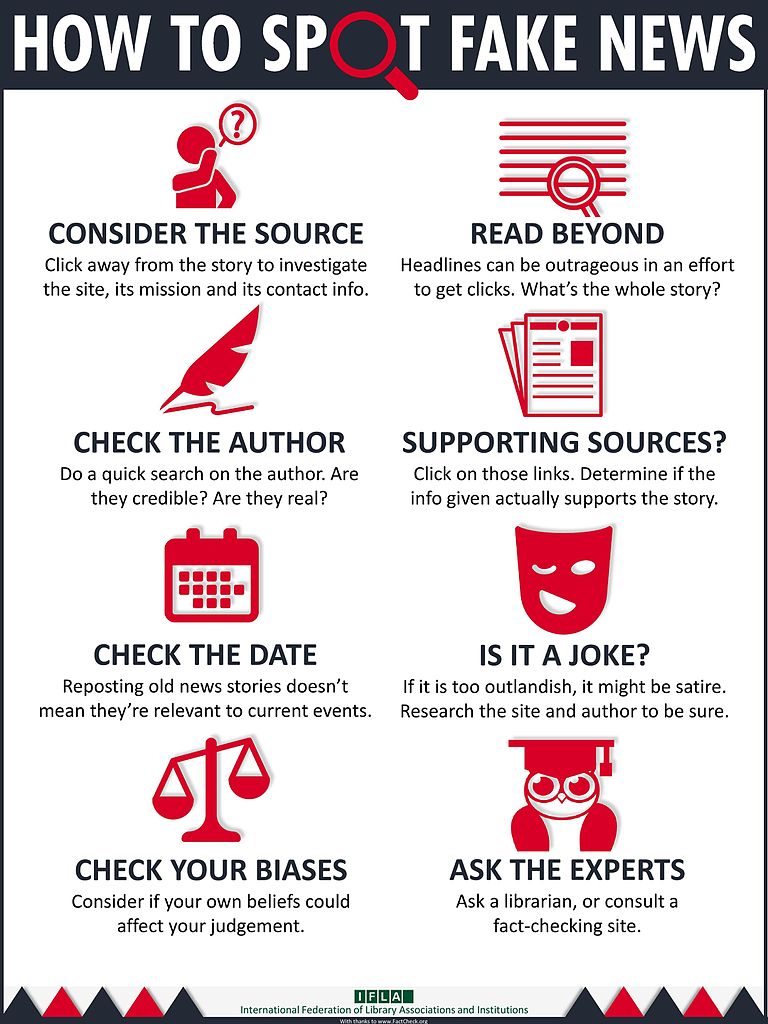
- Better Society -
- 3mins -
- 326 views
Can you tell fake NEWS from real NEWS?
These days it is becoming increasingly difficult to distinguish a true story from a fake one. Here are some suggestions of simple ways to check if news is true or false.
Learning how to spot fake news can help stem the spread of disinformation
With terms like “fake news” and “alternative facts” now common in the media space, how do we ensure the news presented to us is based in truth? With Clickbait, hyper-partisan opinion, and completely false information running rampant across the internet, the best solution is to take personal responsibility for how we determine what is the truth and what is a distortion or a lie, before we blindly share some of these false and potentially harmful stories. Here are some simple suggestions we can all implement to help filter the false from the truth.
How to help spot fake news
- Check the images — images can be very misleading. Doing a Google reverse image search of the photos used in the article can be very insightful.
- Check the facts. Pages like Snopes, Politifact and FactCheck and provide valuable information on whether or not a story is correct.
- Check if other news outlets are reporting it — If it’s true, chances are the story’s been picked up by others.
- Read past the headline — In order to get clicks headlines can be outrageous: what’s the whole story?
- Check which news outlet published it — Have you heard of the organisation? Investigate the site and its mission.
- Check the author — Check on e.g. LinkedIn if they are credible. Are they real?
- Check the sources used — When available, click the supporting links to see if the information supports the story.
- Beware of confirmation bias — Consider if your own beliefs could affect your judgement.
- Is the website address legit? — Is the end of the website something normal like “co.uk” or “.com” or is it an usual like “com.co”?
- Does the story sound believable? — When it doesn’t, it very well might not be.
- Does the story contain many typos? — That may indicate that it wasn’t checked by an editor.
- Check the publish time and date — An old story maybe true, but isn’t necessarily relevant to current events.
Always remember to think and check before you share something. In this way we can all help do our bit to clean up the Internet from untruths and misinformation.
Check out our recent article: ‘Schools around the world are now teaching children how to spot fake news’

Other notable and reputable resources to help you determine the true from the false include:

